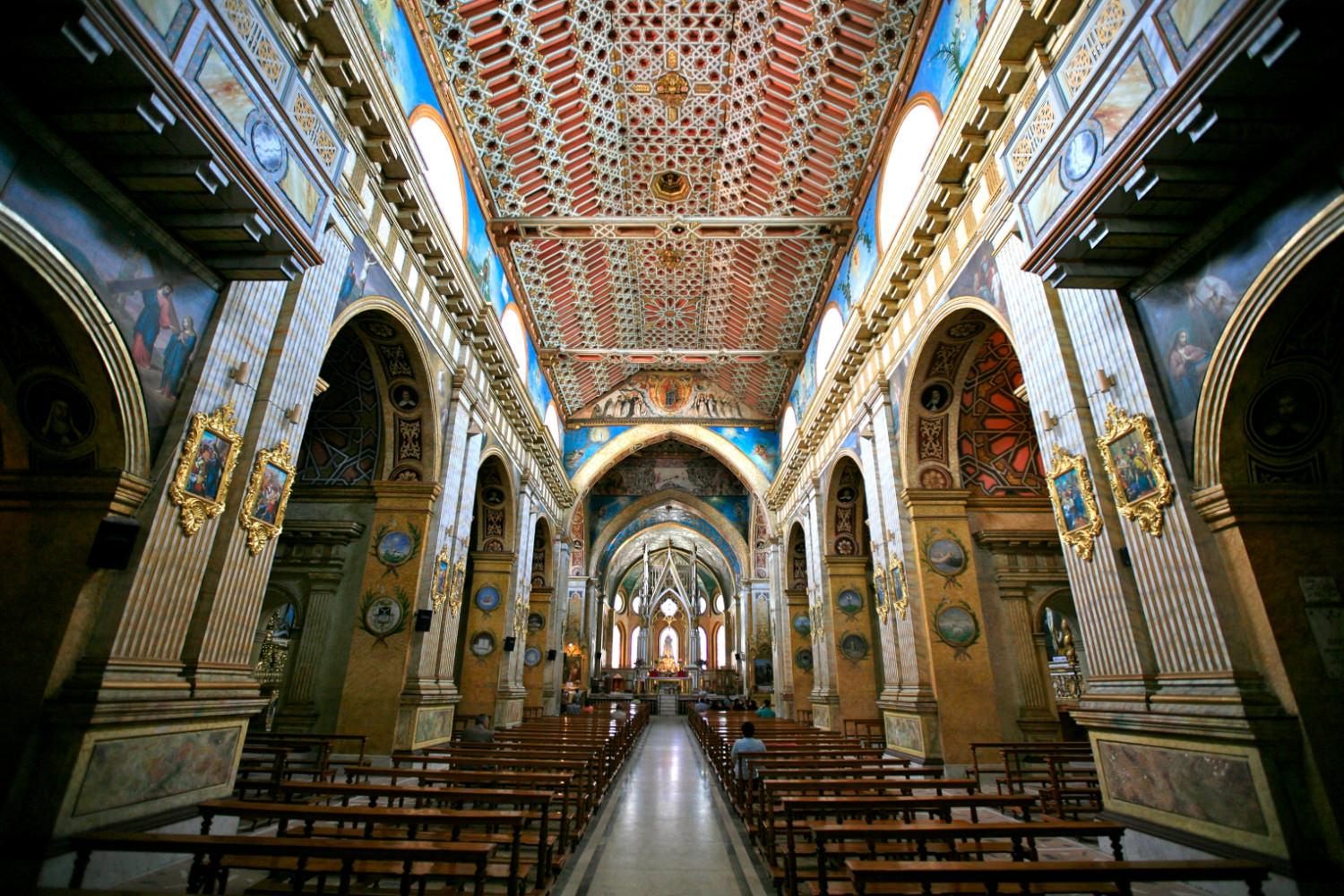Your camera's ISO setting controls how sensitive its sensor is to the light that reaches it. It is one of the crucial factors which goes into determining a photograph's exposure as well as the overall image quality.
A higher ISO setting makes your sensor more sensitive to light, meaning that you can take photos in darker conditions without the need to use a flash or tripod. However, a high ISO also creates more noise, reducing the image quality.
Most digital cameras can automatically adjust their ISO setting to give an acceptably sharp image when hand-holding your camera. However, you will often need more control than this, which is why it's important to have a good understanding of camera ISO and how it affects your shots.
Where Does ISO Speed Come From?
ISO speed actually dates back to film cameras, where it is used to describe how sensitive a particular film is to light. Of course digital cameras don't use film, but they do use a sensor which works in a remarkably similar way. Because people were used to using ISO with their film cameras, the term was adopted in digital cameras too.
ISO speed originated with film, and has carried over into digital photography. Image by Timo.
Digital cameras have a big advantage over film cameras when it comes to ISO - with film cameras, the ISO speed is a property of the film itself. This means that if you want to use a different ISO setting, you have to physically change the film. With digital, you can adjust the ISO setting at the touch of a button because it is controlled electronically.
ISO Values Explained
A typical digital camera will have ISO values of 100, 200, 400, 800, and 1600 as a minimum. The higher the number, the more sensitive the camera is to light. These values are relative to one another, so ISO200 is twice as sensitive as ISO100, and ISO800 is four times as sensitive as ISO200, and so on.
ISO and Exposure Time
Along with aperture diameter and shutter speed, ISO speed is another factor in determining the required exposure time for any given scene. Every time you double the ISO setting, you halve the required exposure time, and vice versa.
Increasing your ISO setting can help avoid blur when photographing dark interiors without a tripod. Image by Alex Proimos.
Let's say you're taking a photo of a church interior and have your ISO speed set at 100. In order to expose the scene correctly you might need an exposure time of 1/15th of a second - far too long to shoot hand-held without ending up with a blurry scene.
This is where ISO comes to the rescue. You could simply change your ISO setting from 100 to 400, making the sensor four times as sensitive. This means that you need an exposure time which is only a quarter of the previous value, in this case 1/60th of a second. This is fast enough to give us a sharply focused scene without having to resort to using flash or a tripod.
ISO and Digital Noise
Sadly, increasing your camera's ISO speed comes at a cost - it also increases the amount of digital noise present in your photo. Noise is the digital equivalent of film grain, and it shows up as lots of tiny coloured dots, which are particularly noticeable in the darker areas of your photo.
As ISO increases, noise becomes more prevalent, particularly in areas of flat colour. Image by Paco Rives Manresa.
If you do find that your photo has a lot of digital noise, you can use a program such as Neat Image to reduce it.
What ISO Setting Should I Use?
You should always aim to use the lowest ISO setting possible, because this will give you the best image quality. However, your first priority should be getting a fast enough shutter speed, because a blurry photo is a lot more distracting than one with a bit of digital noise.
Using a wider aperture or a tripod may be a better option than increasing ISO because both will help you to shoot in low-light conditions, but without deteriorating image quality. However, ISO speed is a setting that can rescue your photos in situations where neither of these is a realistic option.
